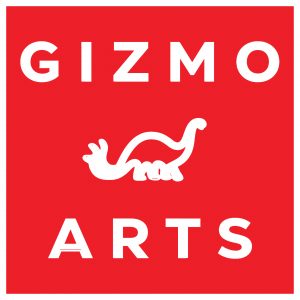Grrrl Justice – Film Screening
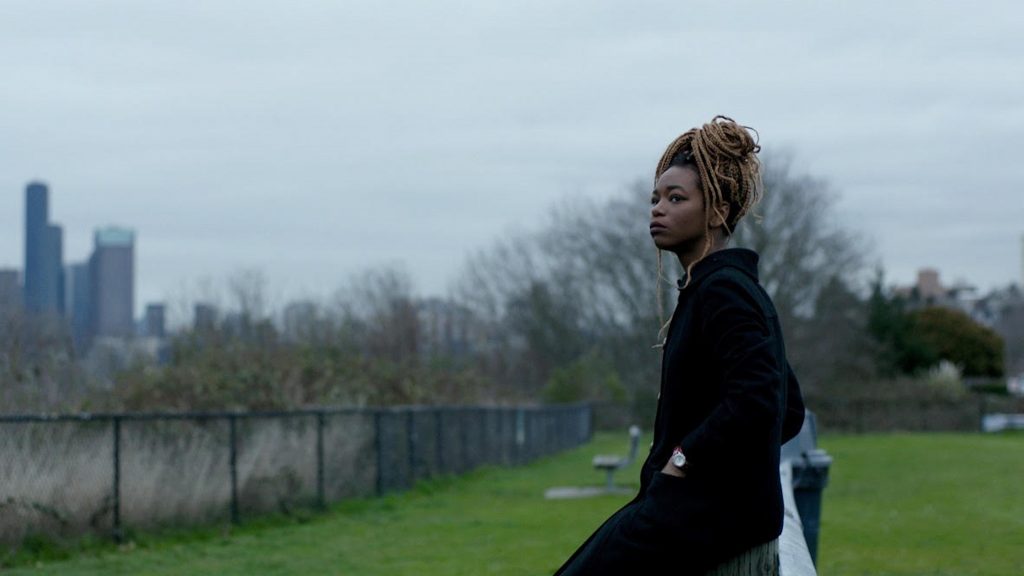
March 25, 2020
6:00pm
The Ruppe
807 4th Street SW
Albuquerque, NM 87102
Sanitary Tortilla Factory and the ACLU are partnering to screen a powerful triptych, Grrrl Justice, for The Day of Empathy 2020. On March 25 we will join hundreds of activists sharing their experiences and stories. Exemplifying the human consequences of the criminal justice system. Grrrl Justice follows the stories of three characters – one being released from juvenile detention, another being exploited by a sex trafficker, and one navigating the school to prison pipeline. The film examines how traumatic backgrounds including family violence, racism, poverty, sexual abuse, homophobia and transphobia attach young people to systems that criminalize them, rather than alleviate the impacts of systemic oppression in their lives. It also takes an honest look at how these youth are employing their agency, body autonomy, and healthy resistance in pursuit of their own liberation.
At this critical moment in criminal justice reform, girls and queer youth of color are largely being left out of the broader public conversation – even as they have the fastest rising rates of incarceration. Among girls involved in the juvenile justice system, African-American, Native American and Latina youth are vastly over-represented and face harsher sentences and outcomes. 40% of girls in the juvenile justice system identify as lesbian, gay, bisexual, transgender, questioning or gender non-conforming, and 85% of LGBTQ incarcerated youth are the youth of color. Grrrl Justice centers this reality while asking its audience members to consider their role in supporting the conditions for healthy girlhood. Grrrl Justice is produced by the Visionary Justice StoryLab with support from the Right of Return Fellowship. The national community engagement series and additional media is made possible by the generous support of individual donors and the NOVO Foundation.




Family Resemblance
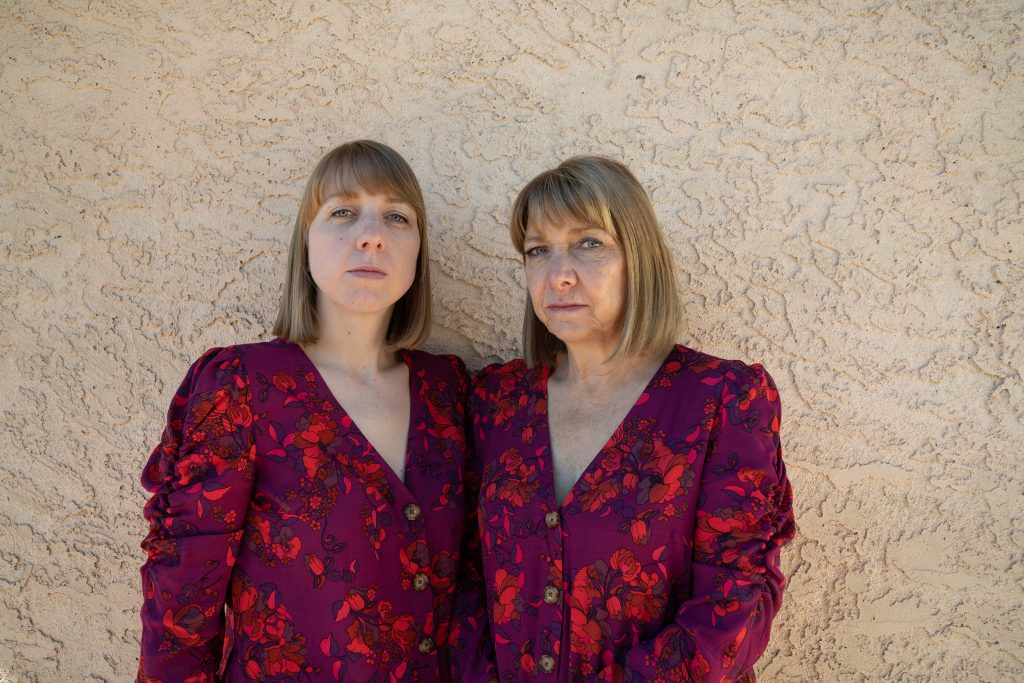
Family Resemblance
Sallie Scheufler
March 6 – March 27, 2020
First Friday: March 6, 6-8 pm
Closing Reception: March 27, 6-8 pm
In Family Resemblance, Sallie Scheufler presents text, videos and photographs of herself and the women in her family. Taking a critical look at her personal history, Scheufler uses time-based media to explore how relationships within her family affect her sense of self, performed and inherited. Staged portraits utilize tools found in the beauty industry to draw attention to physical features, alike and unlike. She dresses in drag to become her older sister. She and her mom get matching hairdos. Her little sister applies her make-up as she does to herself. Text throughout the exhibition recounts stories of superficial desires and the ways that the women in her family perform gender. Family Resemblance addresses beauty standards, wanting what we don’t have, and growing up in makeover culture.
Sallie Scheufler is an interdisciplinary artist currently living in Albuquerque, NM. Scheufler uses her personal history as artistic fodder, in context of feminist theory and familial relationships through performative video and sound installations, live participatory performance, photography, and sculptural installation. Scheufler has exhibited work in museums and galleries nationally including the Center for Contemporary Art, Northlight Gallery, 516 ARTS, and the University of New Mexico Art Museum. Scheufler has been awarded a Beaumont Newhall Fellowship and a Robert Heinecken scholarship, among others. She received her MFA in studio art from the University of New Mexico and her BFA from Arizona State University. When she is not in the studio, Scheufler works as part-time faculty in photography at the University of New Mexico and is the Assistant Director at Richard Levy Gallery.
Image Caption: Sallie Scheufler, Mom and Me, 2020, Inkjet print, 24 x 30 inches
Artist in Residence 2020 Announcement
W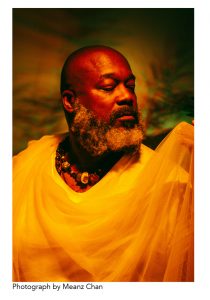 e are excited to announce Mitchell Squire will be STF’s Artist in residence this summer. Mitchell Squire is a multidisciplinary artist and educator. His practice encompasses architecture, visual art, and the study of material culture. He is best known for his elegiac assemblages and his examinations of the afterimage recorded onto the backs of spent law enforcement firearms training targets. He has mounted solo exhibitions at CUE Art Foundation (New York), White Cube (London), Des Moines Art Center, Bemis Center for Contemporary Art (Omaha), and various university galleries.
e are excited to announce Mitchell Squire will be STF’s Artist in residence this summer. Mitchell Squire is a multidisciplinary artist and educator. His practice encompasses architecture, visual art, and the study of material culture. He is best known for his elegiac assemblages and his examinations of the afterimage recorded onto the backs of spent law enforcement firearms training targets. He has mounted solo exhibitions at CUE Art Foundation (New York), White Cube (London), Des Moines Art Center, Bemis Center for Contemporary Art (Omaha), and various university galleries.
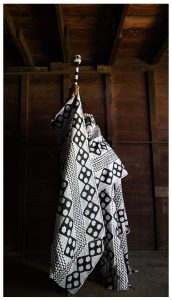
His work appears in the permanent collections of the Des Moines Art Center and the Minneapolis Institute of Art and notable corporate and private collections. He has completed residencies at the Skowhegan School of Painting and Sculpture, Ox-Bow School of Art and Artists’ Residency, Banff Centre for Arts and Creativity, and Cannonball (Miami), and was an invited participant in educational programs at MoMA, The New Museum, Pérez Art Museum, and La Biennale Architettura di Venezia (2014). While in residence, Mitchell’s work will be focused on “the autotelic body”, “an ongoing series of self-portraits, drawings, and paintings which explore the socio-sexual effects of extractive economies and the material geophysics of race.” Squire will be using the residency “as a base to research the American southwest desert in relation to the Black body and race.” Special thanks to our esteemed jurors: Candice Hopkins + Raven Chacon.
A SOFT EYE, A MIRROR-EYE
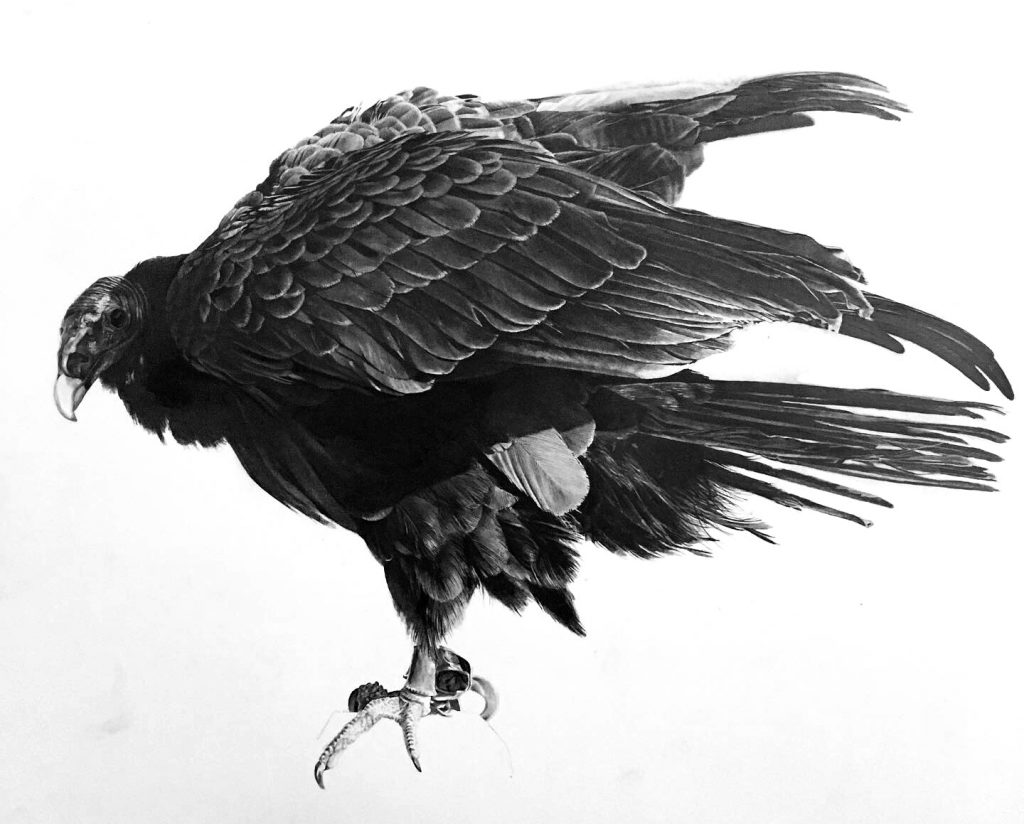
Artists in Residence Application Due!
The Sanitary Tortilla will be hosting an artist in residence for a six-week project during the summer of 2020.
The artist will be provided housing, studio space, access to the fabrication shop, travel funds ($500), and a stipend ($1800) for the residency. The studio space is STF’s 1100sf exhibition space. STF’s fabrication workspace contains a basic woodworking shop (table saw, band saw, miter saw, sanders), hand-held power tools, and a light metal shop including a TIG welder, chop saw, and grinders (this is a studio-wide used space). FUSE a maker space is less than a half-mile. FUSE has most any tool needed- screen printing, large format printers, full metal/wood shops, 3D printers (basic knowledge is assessed via a nominal fee class).
Apply: http://sanitarytortillafactory.org/submissions/
Curatorial Team
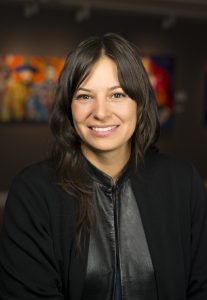
Candice Hopkins is a writer, a curator and a citizen of Carcross/Tagish First Nation. Her practice explores the intersections of history, contemporary art and indigeneity. Hopkins is senior curator for the 2019 and 2021 editions of the Toronto Biennial of Art and was a part of the curatorial team of the Canadian Pavilion of the 58th Venice Biennale in 2019, featuring the work of the media art collective Isuma. She is co-curator of notable exhibitions including Art For a New Understanding: Native Voices, 1950s to Now; the 2018 SITE Santa Fe biennial, Casa Tomada; documenta 14 in Athens, Greece and Kassel, Germany; Sakahàn: International Indigenous Art; Close Encounters: The Next 500 Years; and the 2014 SITElines biennial, Unsettled Landscapes. Her writing is published widely and recent essays and presentations include “The Gilded Gaze: Wealth and Economies on the Colonial Frontier,” for the documenta 14 Reader, “Outlawed Social Life” for South as a State of Mind and Sounding the Margins: A Choir of Minor Voices at Small Projects, Tromsø, Norway. She has lectured internationally including at the Witte de With, Tate Modern, Dak’Art Biennale, Artists Space, Tate Britain, Yale University, Cornell University, and the University of British Columbia.
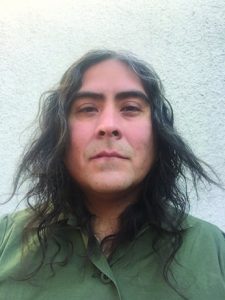
Raven Chacon is a composer, performer and installation artist from Fort Defiance, Navajo Nation. As a solo artist, collaborator, or with Postcommodity, Chacon has exhibited or performed at Whitney Biennial, documenta 14, REDCAT, Musée d’art Contemporain de Montréal, San Francisco Electronic Music Festival, Chaco Canyon, Ende Tymes Festival, 18th Biennale of Sydney, and The Kennedy Center. Every year, he teaches 20 students to write string quartets for the Native American Composer Apprenticeship Project (NACAP). He is the recipient of the United States Artists fellowship in Music, The Creative Capital award in Visual Arts, The Native Arts and Cultures Foundation artist fellowship, and the American Academy’s Berlin Prize for Music Composition. He lives in Albuquerque, NM
